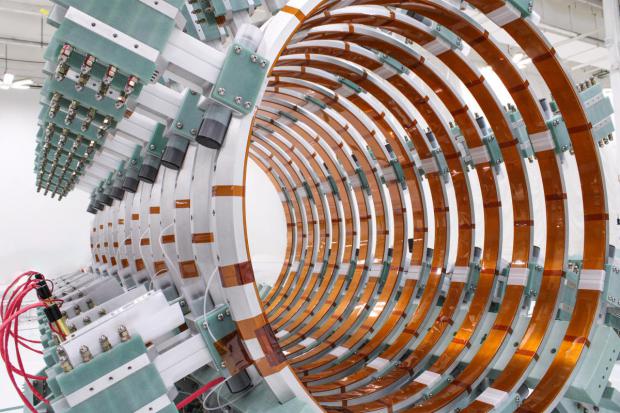
Breaking News
 FULL SPEECH: Tucker on the America First Movement & New "Deplatforming" Agenda
FULL SPEECH: Tucker on the America First Movement & New "Deplatforming" Agenda
 Red Light Therapy And Men's Health: Does It Really Work?
Red Light Therapy And Men's Health: Does It Really Work?
 Kash Patel's New FBI Clown Show - The Bizarre Interview He Will Regret For The Rest of His Life
Kash Patel's New FBI Clown Show - The Bizarre Interview He Will Regret For The Rest of His Life
 One Rifle I Trust for Everything
One Rifle I Trust for Everything
Top Tech News
 This tiny dev board is packed with features for ambitious makers
This tiny dev board is packed with features for ambitious makers
 Scientists Discover Gel to Regrow Tooth Enamel
Scientists Discover Gel to Regrow Tooth Enamel
 Vitamin C and Dandelion Root Killing Cancer Cells -- as Former CDC Director Calls for COVID-19...
Vitamin C and Dandelion Root Killing Cancer Cells -- as Former CDC Director Calls for COVID-19...
 Galactic Brain: US firm plans space-based data centers, power grid to challenge China
Galactic Brain: US firm plans space-based data centers, power grid to challenge China
 A microbial cleanup for glyphosate just earned a patent. Here's why that matters
A microbial cleanup for glyphosate just earned a patent. Here's why that matters
 Japan Breaks Internet Speed Record with 5 Million Times Faster Data Transfer
Japan Breaks Internet Speed Record with 5 Million Times Faster Data Transfer
 Advanced Propulsion Resources Part 1 of 2
Advanced Propulsion Resources Part 1 of 2
 PulsarFusion a forward-thinking UK aerospace company, is pushing the boundaries of space travel...
PulsarFusion a forward-thinking UK aerospace company, is pushing the boundaries of space travel...
 Dinky little laser box throws big-screen entertainment from inches away
Dinky little laser box throws big-screen entertainment from inches away
 'World's first' sodium-ion flashlight shines bright even at -40 ºF
'World's first' sodium-ion flashlight shines bright even at -40 ºF
Helion has $1 billion and 3 years to figure out fusion-powered energy

The firm's latest Series F round brings the total investment into Helion over the $1 billion line, and it's aiming to begin delivering power from a single fusion 50-MW plant to Microsoft by 2028.
The latest injection of funds will be directed towards manufacturing components in-house, including capacitors for energy storage and magnetic coils for its prototype fusion reactor. That follows a $500 million round from back in 2021, and it should help Helion advance its work building a commercial power plant over the next few years.
It remains to be seen if that will be enough to get Helion system's up and running within its deadline. The firm has taken on the gargantuan task of efficiently and affordably generating zero-carbon electricity, and signed a legally binding agreement to face financial penalties if it fails to supply Microsoft with electricity within three years.
I'm no expert on nuclear fusion, but it seems impossibly difficult at the moment. What's challenging is generating energy gain: power output tends to be far lower than the inputs required to heat and smash Deuterium and Helium-3 atoms together at an incredibly high temperature of 100 million degrees C using magnets.
Other methods use the steam generated from fusion reactions to drive turbines. In Helion's field-reversed configuration reactor, a surge in magnetic force pushes back on the magnetic field from the system's magnets, and that additional force is recaptured in the form of electricity.
Nuclear fusion is also ridiculously expensive. For reference, The ITER (International Thermonuclear Experimental Reactor) project in France broke ground in 2007, and is expected to run up a bill of $22 billion by the time it goes live in 2034. Plus, Helium-3, which is used as a fuel in the reaction, is awfully hard to come by on Earth, to the point that it could be more economical to capture it from the Moon.
While Helion has managed to hit the required fuel temperature of 100 million degrees C with its previous prototype reactor, we don't yet know what results it's been able to achieve with its latest one. The company hasn't specified whether Polaris – its seventh fusion device, which took three years to build in a 27,000 square-foot facility – is capable of firing 60 pulses per second in a sustained manner to generate usable electricity yet.



